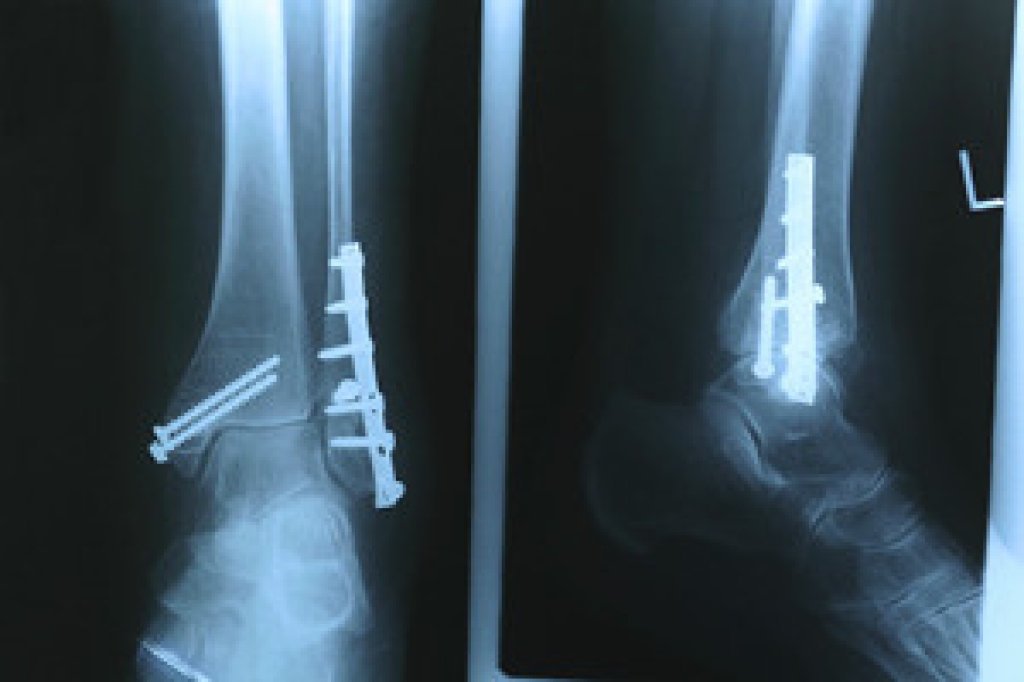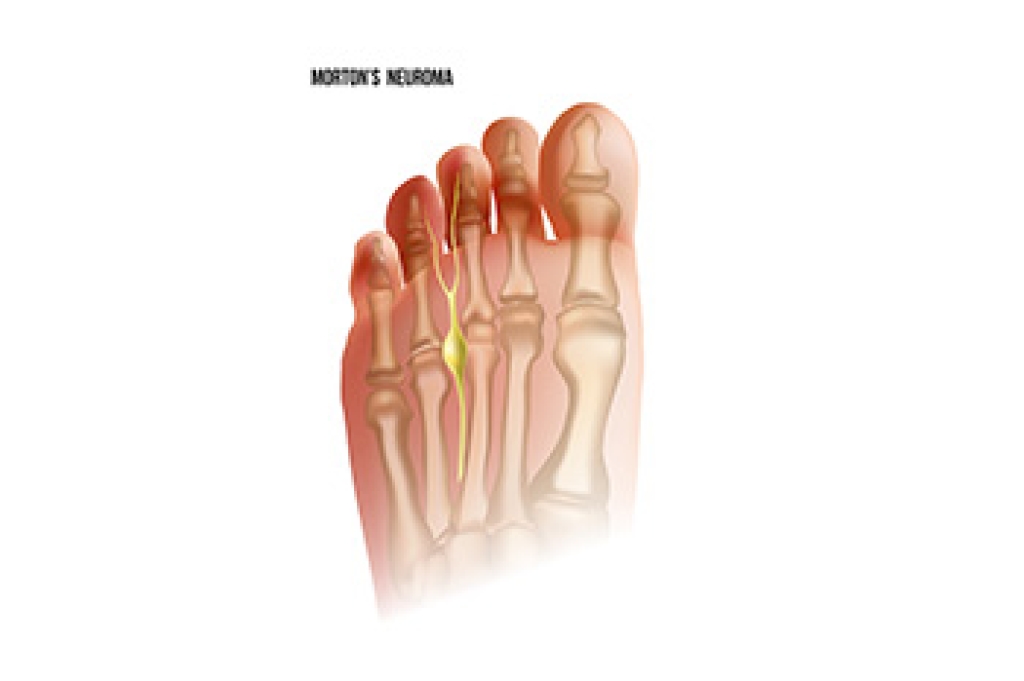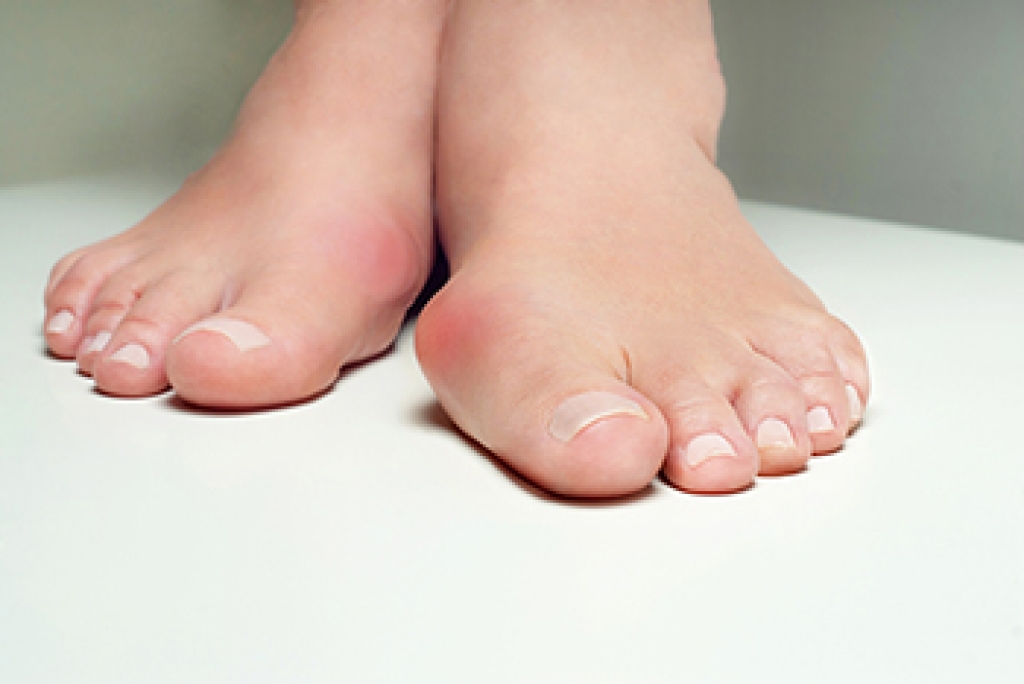
A broken ankle is a common injury. There are various reasons why this can occur, including enduring a fall, having excessive pressure placed on the ankle, or from ligament damage. The tibia, fibula, and talus are the common areas of the ankle that can become fractured. If the ankle is suddenly twisted, or a heavy object falls on it, these may be additional reasons why ankle bones can break. Symptoms that are associated with this condition often include immediate pain, and there may be extensive swelling. Many patients are unable to walk with a broken ankle, and an X-ray can be taken to determine its severity. Recovery time can take a few weeks or even months, and patients may have a walking boot or cast on their foot during the healing process. This is helpful in stabilizing the foot, and it can provide ease in completing daily activities. If you have broken your ankle, it is suggested that you consult with a podiatrist as quickly as possible who can properly diagnose and choose the correct treatment method for you.
Broken ankles need immediate treatment. If you are seeking treatment, contact Dr. Castillo from Bronx Foot Care. Our doctor can provide the care you need to keep you pain-free and on your feet.
Broken Ankles
A broken ankle is experienced when a person fractures their tibia or fibula in the lower leg and ankle area. Both of these bones are attached at the bottom of the leg and combine to form what we know to be our ankle.
When a physician is referring to a break of the ankle, he or she is usually referring to a break in the area where the tibia and fibula are joined to create our ankle joint. Ankles are more prone to fractures because the ankle is an area that suffers a lot of pressure and stress. There are some obvious signs when a person experiences a fractured ankle, and the following symptoms may be present.
Symptoms of a Fractured Ankle
- Excessive pain when the area is touched or when any pressure is placed on the ankle
- Swelling around the area
- Bruising of the area
- Area appears to be deformed
If you suspect an ankle fracture, it is recommended to seek treatment as soon as possible. The sooner you have your podiatrist diagnose the fracture, the quicker you’ll be on the way towards recovery.
If you have any questions, please feel free to contact our offices located in Bronx, NY Yonkers, NY . We offer the newest diagnostic and treatment technologies for all your foot care needs.




